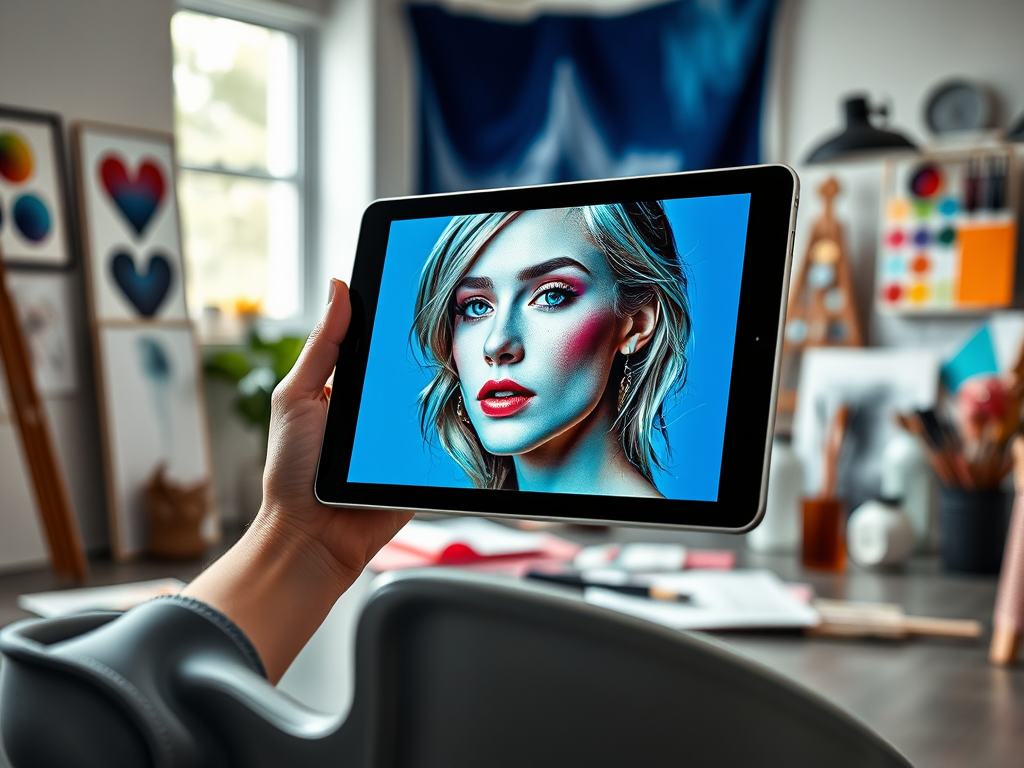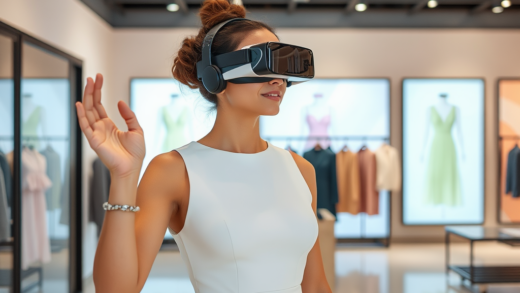AI integration has enhanced creativity and altered perceptions of claim authentication. In today’s world, everything can be automated to create a seamless user experience. In the recent era, techniques and algorithms for image manipulation are getting more intricate by the minute, which is fundamentally altering the paradigm of how images are captured, produced, enhanced, and featured. As deceptive as it seems, AI helps fullfill the user demanding tasks in an effortless manner. Whether it be global smartphone uploads or advanced software AI implementation is changing standards for graphics quality. For photographers, graphic designers, and even content creators, the introduction of AI driven tools has made their tasks simpler and many more possibilities can be explored. Given this transformation, new questions arise regarding ethics, creativity, and authenticity which charge this nuanced landscape.
As AI continues to integrate with visual editing technologies, we are entering an era with possibilities that were previously unheard of. Image editing is a skill that required extensive training, but with the advent of user-friendly AI powered models, novices are able to effortlessly produce stunning edits. AI does not only center around efficiency; it poses ethical issues such as in the case of nude AI where consent and representation are left questionable. While dealing with this captivating fusion of art and technology, we need to ask ourselves this question: when does enhancement become distortion?

AI has a profound impact in the field of image processing, from automating demanding jobs to improving image quality. Various industries are beginning to make use of AI tools. Some of the most important industries that AI is changing significantly in visual editing is the following:
- Photography and Videography: AI-powered enhancements are making it easier to obtain professional-quality images and videos.
- Graphic Design: Designers use AI to generate creative concepts and streamline their workflow.
- E-commerce: AI assists retailers in presenting their products with visually appealing images.
Enhancing Image Quality
One of the most impressive use cases of AI is improving the quality of images. The technology provides users with the opportunity of getting high-resolution images while upscaling and noise reducing. This is very beneficial in business environments where every detail is important. An AI system can employ sophisticated algorithms designed to break down pixels and analyze every single one of them. Everything from sharpness to clarity can be improved drastically. This feature enables photographers and designers to save time and energy whilst accomplishing outstanding results, which is why it is a game-changer. We highlight below some of the methods used that are most common for improving the quality of images.
| Technique | Description |
|---|---|
| Upscaling | AI algorithms increase image size without compromising quality. |
| Noise Reduction | Techniques that remove unwanted artifacts from images. |
| Color Correction | AI adjusts colors to achieve more accurate and vibrant results. |
Automated Image Retouching
AI is currently not only enhancing the quality of images, but it is also automating the monotonous work associated with image retouching. Traditional retouching could be more difficult and often requires a lot of work. However, AI algorithms are able to quickly identify which areas require modification and make changes based on learned data. The progressive alteration of skin tone, blemish erasure and tone smoothing can now be done at the push of a button, which helps not only to optimize work but to increase productivity. Furthermore, results are frequently more consistent than those generated by manual editing.
Advanced Techniques in AI-Driven Image Processing

As we advance in AI image processing, newer techniques are being developed which may change the editing of images forever. These techniques harness the capability of deep learning, which is a subdivision of AI that uses a neural network for pattern recognition and categorization of intricate data. There is a wide scope of applying deep learning to image processing tasks. In particular, the Generative Adversarial Networks (GANs) have caught the interest of many people within the creative world as they enable users to produce entirely distinct pictures by basing them on already internalized features.
The development of such deep learning models greatly enhanced the image editing possibilities. This sophisticated frameworks enable the modification of pictures in ways that were once thought to be impossible. New possibilities arise with the development of deep learning, like with automatic style transfer, where an image can be for a variety of images and take on the style of a different piece of art. This technology is astonishing as it enables people to express themselves artistically like never before. A few of the most popular deep learning frameworks which have changed the world of AI image processing are mentioned below.
- TensorFlow: An open-source library extensively used for machine learning applications.
- PyTorch: Known for its flexible architecture, making it a favorite among researchers and practitioners.
- Keras: A high-level API that abstracts complex neural networks for easier implementation.
Ethical Considerations in AI Image Processing
An ancient philosopher once remarked that with great power comes great responsibility. This principle is highly relevant, for example, in AI image processing. When it comes to new technologies, ethical implications are fundamental because they relate to issues such as authenticity within the digital and representation realms. Without a doubt, AI’s ability to modify pictures profoundly raises questions regarding the nature of ‘real’. With the help of altered images, misinformation can spread easily, resulting in societal issues which have an erosion of public trust at their core. It is important for both the producers of the images as well as the consumers to appreciate these ethical limits and aim towards responsible conduct with such innovations.
As time goes by, the authenticity of digital photographs is becoming more and more questionable. AI allows for enhancing a photograph beyond recognition, thus making the distinction between real and manipulated photographs borderline non-existing. Users, especially those who work as journalists or advertisers where authenticity matters a lot, should be extra cautious. Consumers need to learn to be selective when it comes to the pictures they see on the internet. At the end of the day, there’s more than meets the eye, and the introduction of AI in image processing is an issue that requires recommedations the fostering of a culture that promotes responsible ethical behavior.
Conclusion
The boundaries of what is possible in digital image processing and editing has been greatly altered due to advancements in AI. Quality can be improved and jobs that were previously thought to be very difficult can now be completed with relative ease. But then again this is an advancement in technology, we will also have to think in terms on how authentic a digital item can be in regards to it’s ethics. Looking at AI from a consumer and a creator standpoint means that there are benefits, but, there are also consequences to consider. Moreover, being cautious alongside critical thought will be of utmost importance when looking forwards to the future of image processing. Exploiting working alongside image processing technology in this present time can provide ample opportunities for innovation.
Frequently Asked Questions
What is AI in image processing? The term AI in imaging processing refers to the application of artificial intelligence methods in the improvement, alteration, and examination of images.
How does AI enhance image quality? Using algorithms that can enlarge an image while minimizing noise without greatly affecting the quality of the details, AI enhances the image’s quality.
What are GANs and their role in image processing? An AI model, named Generative Adversarial Networks GANs, can make compositions of new images by analyzing a given dataset, enabling advanced graphic design manipulations.
Are there ethical concerns regarding AI in image editing? Yes, ethical debate exists due to a lack of boundaries regarding digital fabrication, misinformation, and the usage of AI images questioning their authentic origin.
What industries benefit from AI image processing? AI image processing is useful in a number of industries including photography, marketing, e-commerce, healthcare, as well as entertainment.
